How can patients use technology to monitor and care for themselves? HSJ gathered experts to consider the possibilities - and the obstacles. Alison Moore reports
There is almost universal agreement that involving patients in their healthcare so that they comply with treatment and are vigilant about signs of deterioration has to be the way ahead if the NHS is to remain sustainable.

One important element of self-care is enabling patients to monitor their own conditions. Technology can help here, of course, but research has shown mixed and sometimes confusing results about its benefits.
An HSJ roundtable, in association with Freshwater, looked at some of the issues and barriers around this and asked what could be done to overcome them.
Roundtable participants
- Helen Atherton research fellow, Department of Primary Care, University of Oxford
- Martin Bardsley director of research, Nuffield Trust
- James Illman (roundtable chair) technology and commercial correspondent, HSJ
- Nadia Kalam health influencing manager, Age UK
- Dr Anwar Khan chair, Waltham Forest Clinical Commissioning Group
- Joan McCarthy patient and chair, Breathe Easy Camden
- Dr Phil Moore board member, NHS Clinical Commissioners, and deputy chair, Kingston CCG
- Keith Nurcombe vice president, Freshwater
- Paul Rice head of technology strategy, NHS England
James Illman, HSJ’s technology correspondent, chaired the debate and kicked off the discussion by saying: “We know the NHS has found this whole agenda a difficult nut to crack but many believe the potential for cost savings is there - we just need to unlock them. Let’s talk about the best way to do that for both patients and healthcare professionals.”
He initially focused discussion on the current state of play - where did roundtable panellists think the NHS was at in terms of using technology to help patients self-care?
NHS England head of technology strategy Paul Rice said: “There is clearly an explosion in the consumer space in the opportunities for people to have greater insight and take greater control over their health and wellbeing. The NHS is fantastic about this in pockets. Our challenge is to scale that.”
‘The biggest issue for GPs is interconnectivity of systems’
Keith Nurcombe, vice president of Freshwater, agreed the picture was mixed. In some areas the NHS was using new technologies successfully, he said, but elsewhere, technological pick up was often disjointed. Staff and patients often struggled to see how this use of technology could make a difference to outcomes.
Yet the increasing role of technology in people’s lives is an irresistible force. Very often patients used technology in other aspects of their daily lives, sometimes in connection with health, and were happy to do so. Was there a way to exploit this further in healthcare?
Anwar Khan, chair of Waltham Forest Clinical Commissioning Group, said he believed IT had great potential to create efficiencies and improve care if it was built into current systems and processes.
NHS Clinical Commissioners board member Phil Moore said: “I think the focus of technology has been in the wrong place. It has focused only on those with the worst chronic conditions. I think we should be focusing on the totality of the population because we can get healthcare delivered in a much more effective and efficient way.”
The digital divide
Panellists agreed that it was important to think about patients’ preparedness to work with technological health solutions. Nadia Kalam, health influencing manager of Age UK, said people often talked about the “digital divide” in terms of older people in an adverse way, which was unhelpful here.
Patient Joan McCarthy stressed the importance of thinking about what IT was used for rather than seeing it as an end in itself. “If you need technology where do you want to end up? If you decide what result you want, you can work backwards. You don’t get on the bus and then decide where you want to go.”
So what is the evidence base for telehealth and how much do we know about the barriers to its take up? Martin Bardsley, director of research for the Nuffield Trust, said: “There is a huge range of things that will fit under the heading of technology. With telehealth I get the impression that the expectations of the technology are really quite high but the evidence is ambivalent.
“To get the most from this going forward, it is not just about the box or the wires that are plugged in but how they fit within the context of the person.”
Helen Atherton, a research fellow at the University of Oxford, agreed. “We know that the evidence as it stands indicates we can’t say for certain that this technology is useful.” But she said it was important to look at what barriers were real and which were perceptions.
For Ms McCarthy the major barrier in people using technology was age: she chairs Breathe Camden Easy, which she suggested was probably typical of many support groups around chronic conditions in that members were predominately older people. About 20 per cent of them could be described as “up on the technology”, she said, but some of the others might not have access to a computer. Sometimes the perception of something being “technology” could be a barrier to people using it.
‘There’s an explosion in the consumer space for people to take greater control over their health’
Mr Nurcombe said: “I absolutely appreciate that there are concerns for old people around their ability to use complex technology. The solutions and these technological advances need to be fitted to the audience that is using them. If you are going to make some sort of app for 17-25-year-olds, you would make it all whizzy and complicated. If you are aiming this at people who are old and have a chronic condition, then you have to fit the application to the people who are using them.
“That’s the job of technology to work out how it can be deployed. A lot of this kind of technology has been deployed with people with quite serious illnesses.”
Dr Moore added: “In my experience old people are the best users of my practice website.” They could use technology and be web savvy, he added, but it was important to design it so it was intuitive and easy to use.
Dr Khan pointed out that many older people learnt to use technology when there was a reason for doing so, such as using Skype to call relatives abroad.
Mr Rice said: “We should not assume that something is only intuitive for a particular demographic.” He also said technology was being used as a catch-all phrase when it needed to be broken down to understand its impact better. This needed to be done almost line by line in terms of the current service model and what “digital” meant for it. Technology needed to be wrapped around the patient, he added.
Ms Kalam said: “We do need to help people using digital equipment - to go onto the internet or to Skype. There are ways and means. They are not excluded forever.” Sometimes human contact would be necessary to assist people in starting to use technology.
When people who had refused to join the whole system demonstrator evaluation project - a large scale trial of telehealth and telecare across the South of England - were asked why, one reason was they feared they would not understand the technology, said Mr Bardsley. “The other one was that they were happy with their existing model of care. They almost saw it as a threat that would take away their contact with their nurse or GP.” The danger was that patients could view technology as a “disbenefit” and this could affect uptake.
Interconnectivity
Yet barriers and perceived barriers for patients are only part of the story. It is also important to factor in any barriers for staff involved in using the technology - they may need to change how they work, after all. Dr Moore said professionals often raised concerns about data protection and confidentiality.
However, the bigger issue for GPs was interconnectivity of systems. “We have patients at home with blood pressure machines and so on,” he said. “They have to write things down before they come in to see me. We don’t need to see people to check their blood pressure if it can all be done at home.”
Dr Khan raised the issues of professionals being on different systems and not being able to access information held on each other’s systems.
But what lessons could be gleaned from the whole system demonstrator, which Mr Bardsley described as the largest trial of telehealth in the world, involving three areas - Newham, Cornwall and Kent - and patients with different chronic conditions?
One of the issues was that it took five or six years to get the results of the evaluation, with different organisations involved in different parts of it. The Nuffield Trust had looked at whether it led to changes in healthcare utilisation but there was little evidence to show that it was cost effective in terms of the benefits delivered. Mr Bardsley said: “The impact on quality of life was really quite small.”
There had been some interesting evidence such as those patients with diabetes on the study having better control of blood sugar levels, but that had not translated into a lower use of other healthcare, he added.
However, he pointed out that the trial was several years old. “There was an issue about how technology changes. There is a question around whether applications created five years ago are right for now.”
Mr Bardsley suggested there might be a need to look at other evaluation models to assess telehealth type trials in the future. Ms Atherton said there were moves away from using this sort of randomised controlled trial to assess technology. “We are increasingly looking at existing evidence and practice. And really focus on the intervention, how it works and why it works for people,” she said.
Mr Illman asked whether it was fair to say that a study like the whole system demonstrator would not be done again? Mr Bardsley suggested it would be done differently and that the whole system aspect may have got rather lost in translation.
Mr Nurcombe suggested people had different views on the whole system demonstrator. “The headline you tend to get is that it did not work, but I think that if you dig into it, there is some quite interesting things which mirror what has been found through other studies.”
There were some positive results, he said. For example, 70 per cent of people said they felt better for using the technology and felt they had a good experience. “I think that is a positive thing if we are talking about people using technology. If patients don’t accept it, then they won’t use it and it fails,” Mr Nurcombe said.
‘The future is about interoperability and not about silos’
“There’s some evidence that people visited hospitals less, so they were being admitted less and feeling positive. Some of the people who were using the technology are still using that technology.
“Having deployed lots of technological solutions in the past, I would say there is an element of you just having to get down and dirty and have a go at it. Often you alter things as you go along.
“We have to come up with models that are evaluated as we go along. If you are going to deploy things that change the model of care, then you also have to be able to change the existing model of care. If you deploy something new and then continue doing what you are doing anyhow it won’t save money. If you are a GP you won’t have seen any benefits because you are still seeing patients in the way you did before.”
Dr Moore pointed out geography might make a difference: technology might not be the answer in somewhere like Kingston, Surrey, but it could be in a remote locality.
Ms Atherton added: “We have to take a step back because it is really difficult to do a trial of communications technology. It becomes more about going into general practice, finding out what is working and what patients it is working for. We know that patients like this. There is plenty of evidence that patients like using self-management tools.”
But in a time pressured environment, how could this really work? Was the aim to please patients or help the NHS? “We can’t just put everything out there and say ‘take your pick’,” she said.
Mr Rice pointed out the whole system demonstrator was very much first generation technology and a first generation model of care. There was a need to move the model of care forward.
He said drivers for change in the system now such as the NHS Five Year Forward View and the Personalised Health and Care 2020 document had set out the direction the NHS should take. Some of the vanguard sites had plans to use technology differently, he said, and there had also been significant investment in IT in primary care through the prime minister’s challenge fund.
“I think the direction of travel is inexorable. It is absolutely irreversible,” he said. “We are increasingly talking about capabilities. What is it we want to do and does the technology enable this?” But the next important area to address was interoperability of technologies and integration. “The future is about interoperability and not about silos.”
In order to deliver that future, commissioners needed support to understand the opportunities that using technology and new models of care presented - and to help them to deliver these. They needed to become “intelligent customers”, Mr Rice said. So what would encourage CCGs to accelerate the use of some of these technologies?
Both GPs on the panel felt that upfront funding for CCGs was really important in driving more use of IT. Dr Khan’s CCG had found some funds for an IT strategy. “It is not just infrastructure, it is the training, the staff and also managing the anxiety of GPs about data loss in their existing systems.”
Dr Moore said investment needed a convincing business case. Mr Illman asked about how spread of good ideas could be encouraged. Although CCGs were being asked to deliver a “digital roadmap”, Mr Bardsley said that directors of finance often wanted to see a very quick payback from investment - for example, reduced admissions within a year, which was not going to happen.
However, if patients and carers wanted technology, that would be a huge incentive, said Dr Khan. And if they were allowed to hold their own data, this could help alleviate concerns around confidentiality and data protection - he said he had been told he could not see patients’ hospital records, for example. Patient held data would require a mechanism to allow the system to pick up this data, Mr Nurcombe pointed out.
For GPs, the sell would be around technology enabling them to do a better job as they are so overstretched. Tensions between local adoption of technology and central direction also needed addressing.
Fit for purpose
Mr Illman asked what would encourage people to self-manage more. Dr Moore pointed out that while patients with chronic conditions were often very knowledgeable about them, some patients needed help interpreting what they knew or had read - those who had “health anxiety” could be made more anxious by more information. “I don’t want to stop them having the information, I want to find different strategies for managing them,” he said.
Mr Nurcombe said that there were advantages using equipment the patient was already using as this made adoption quicker. It was more familiar to the patients and was also cost effective for the NHS as it did not involve buying additional equipment.
Dr Moore pointed out there was an issue around information being fit for purpose before results were accepted by healthcare professionals: a home blood pressure monitor did not need to be accurate to within 1mm but might be within 5mm. This might be good enough for the required purpose.
‘If patients don’t accept it, then they won’t use it and it fails’
Mr Illman asked the panel what they thought the landscape would look like in five years’ time and what would help the NHS get there? Mr Rice said it was important to identify what really works and understand how we push that to scale. Mr Bardsley suggested that the ideas and approaches that were available should be better evaluated and monitored, and this could then lead to decisions to expand or reduce the available choices. Ms McCarthy wanted to see people using their own equipment: “The vast majority of people have computers or smartphones - using those would be fabulous.”
Dr Moore said approaches needed to be multifactorial and multifaceted: “Patients need to be enabled to interact with their health and social care at all levels.”
Ms Atherton suggested there were opportunities to learn, not just from the US, but from countries that are smaller and more similar to the UK’s healthcare system.
“I think we have to be a bit brave,” said Mr Nurcombe. “Sometimes you have to dip your toe in the water to see if it is the right temperature. We have to realise that people are becoming consumers of health. They are not patients any more. That will drive the level of change.”







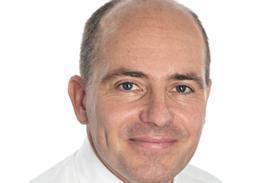
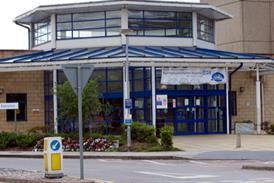

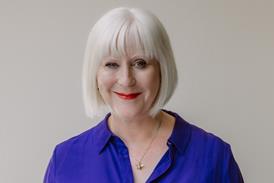
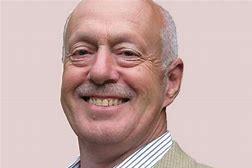

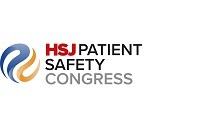

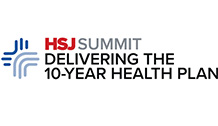






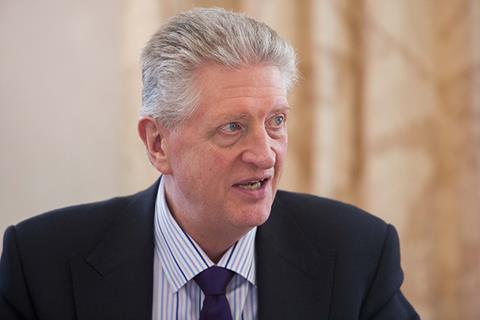
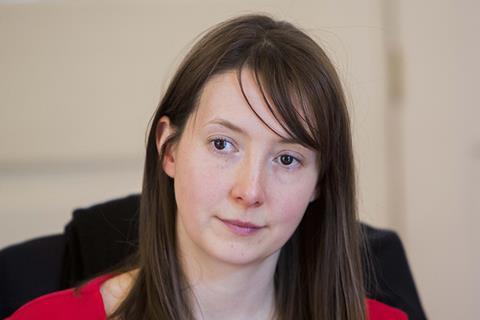

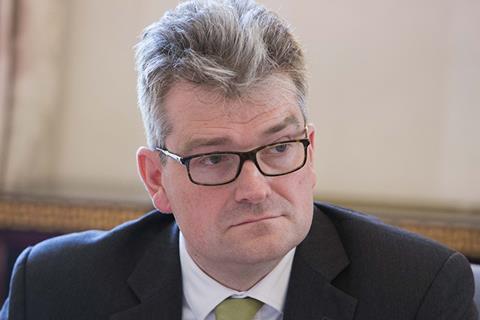
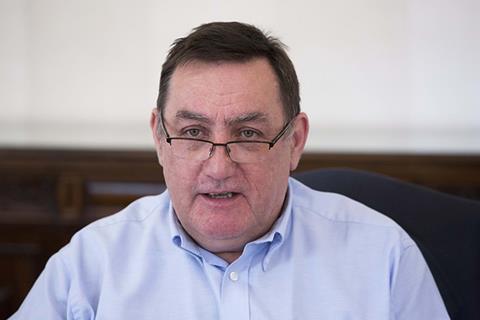
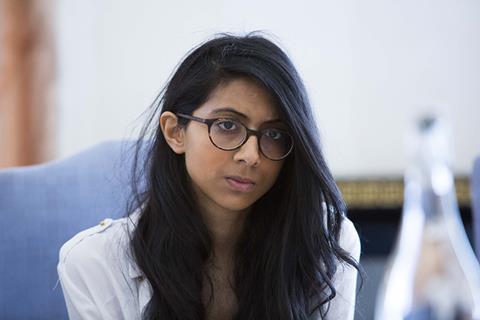
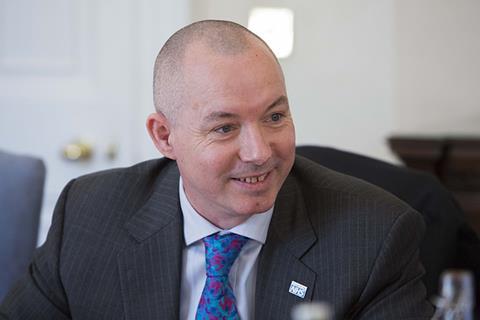







No comments yet